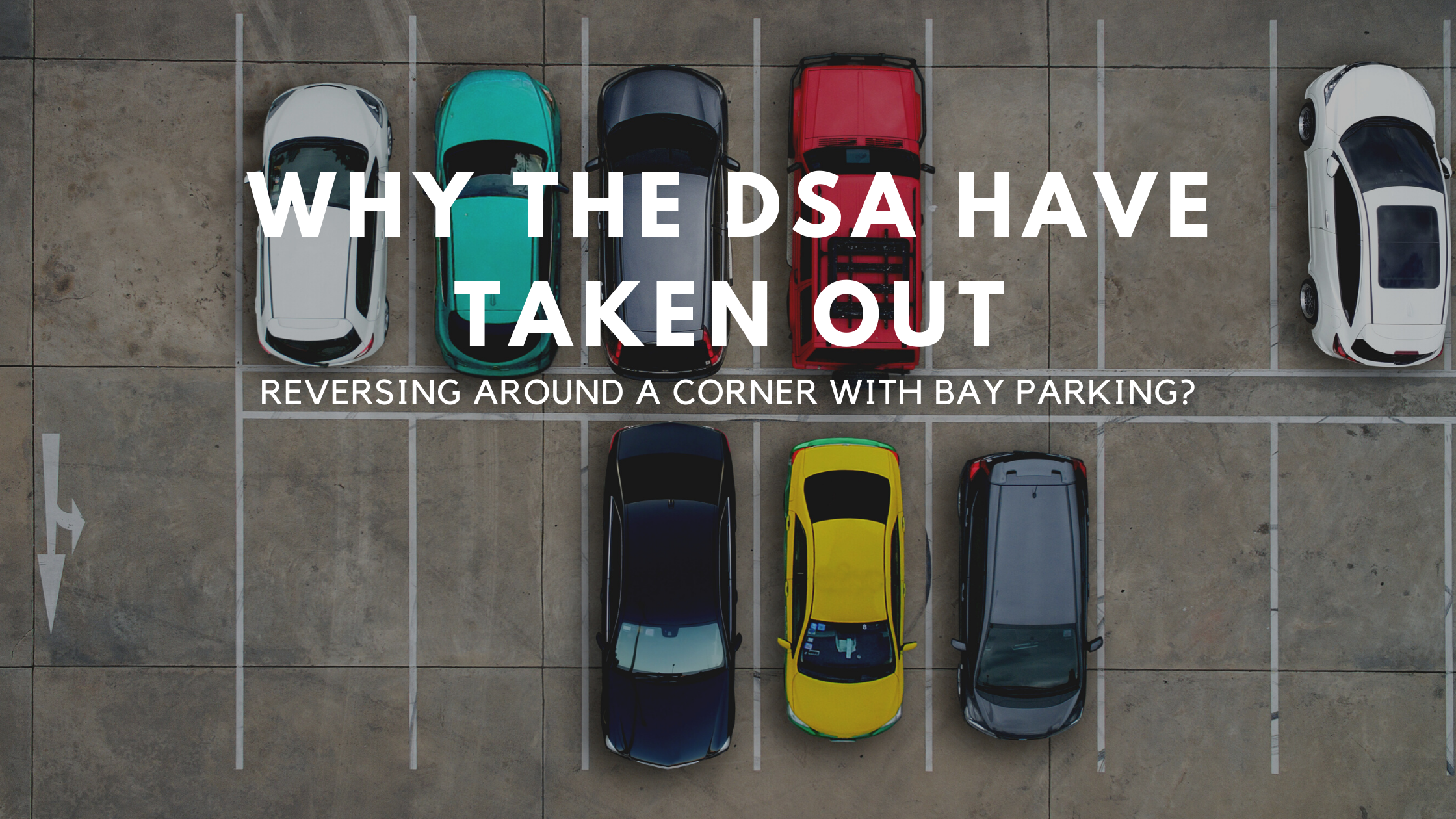It’s been the biggest shakeup in the national driving test since 1996 when the written theory exam first arrived. As of the 4th of December this year, new drivers are facing significant changes to the practical driving test. The good news is that it isn’t going to be any longer.
The test will still be around 40 minutes. And the other piece of good news is that the manoeuvre known as reversing around a corner is being consigned to the history books.
New drivers will still have to learn the manoeuvre as part of their driving training. But it will no longer be something that candidates might have to do to pass their driving test. Before getting too excited, candidates should realise that the manoeuvre has been replaced by a new one.
Now candidates will have to show how they park in a bay.
This can be done one of two ways. Drivers doing their driving test may have to drive into the bay, then reverse out of it. Or alternatively, they may be asked to do it the other way around. That is, reverse into the bay and drive out.
This isn’t the only manoeuvre that is being replaced. Turning in the street, once more commonly known as the three-point turn, is going and in its place candidates will be asked to pull up on the right-hand side of the road.
From there they have to reverse the length of two cars, and then pull back into the flow of traffic.
The chief instructor for the Driver and Vehicle Standards Agency explained in his blog the reasoning behind the moves. Two of the riskiest areas that modern drivers face are the faster traffic flows on rural roads and complex and busy junctions. Most fatal car accidents occur on rural roads, and this doesn’t include motorways.
In 2015, the year before the consultation to introduce the new test began, 51% of fatal accidents happened in non-built-up areas compared to 43% in urban areas.
The manoeuvres being removed required quieter roads for the candidates to perform them. Now, candidates will spend less time on these roads, which by their nature are more low risk with less traffic, ensuring the test is more like a real journey.
Ultimately the goal is to ensure that training focuses on busier roads, so students learn the skills they need to be prepared for driving in the future.
YouTube Source: Driver & Vehicle Standards Agency



